|
|
| |
Poas Volcano National Park
|
| |
|
Size: 5,599 hectares.
Distance from San José: 37 kilometers.
Trails: Yes.
Dry season: December through April. |
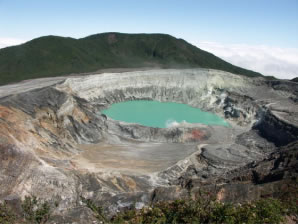 |
| |
|
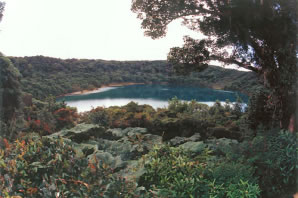 |
Poas is an strato volcano
that soars 2,708 meters above sea level. It is one of the most
spectacular volcanoes in Costa Rica, with a breathtaking
scenery. It has also produced excellent soil for cultivation and
has considerable potential for producing energy from hydrological and
geothermal resources. |
| |
|
Besides the main crater,
Botos Lake and the von Frantzius cone, there are at least half a dozen
piroclastic cones in the surrounding savannah woodland of Redonda and
Bajos del Tigre. These cones are made of ash, lapilli, fusiform
bombs and small lava flows. |
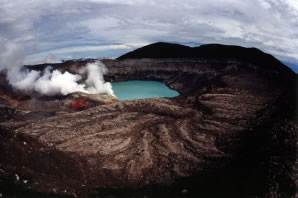 |
| |
|
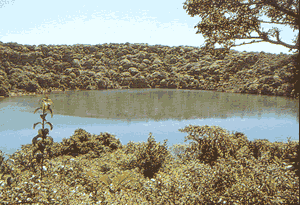 |
There are four main habitats
in the park, areas with little or no vegetation, an area of arrayans,
a stunted forest, and a cloud forest. Examples of the flora
include small cypress, tucuico, small cedar and small cypres. The dwarf forest predominates in this area. |
| |
|
There are some mammals that
live in the park. These include marmots (which are marsupials), shrews
that are amongst the smallest mammals in the world, bats and over
79 avian species like sooty robins, black guan, quetzal and the emerald
toucanet.
The park is located northeast of the city of
Alajuela, which is situated near San Jose, in the Centrall Valley. |
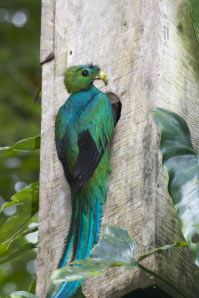 |
| |
| Map of Costa Rica and its National Parks |
| |
|
|




